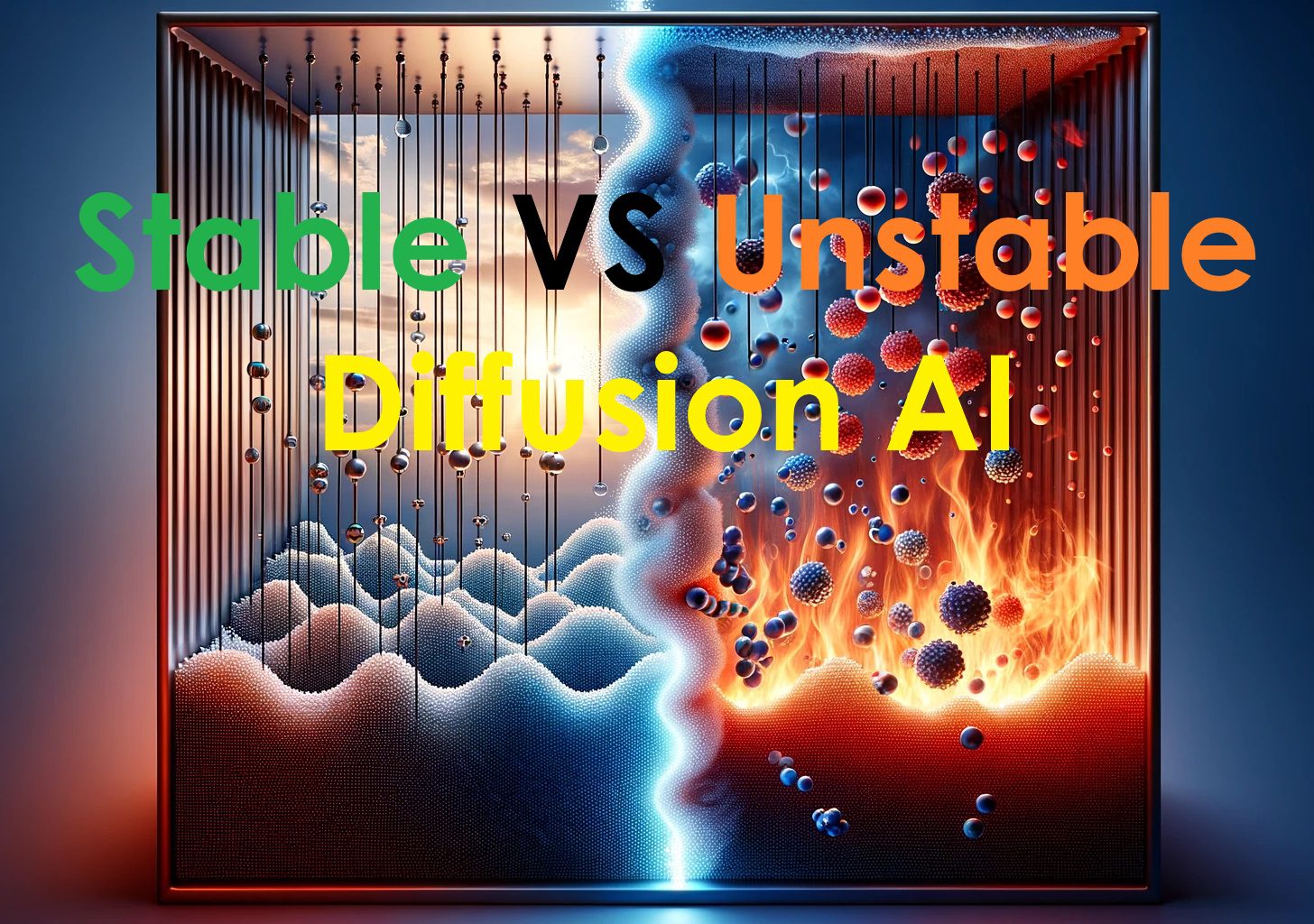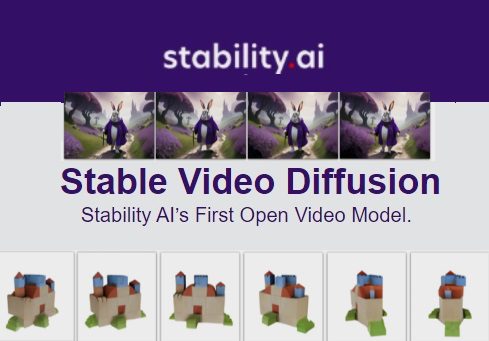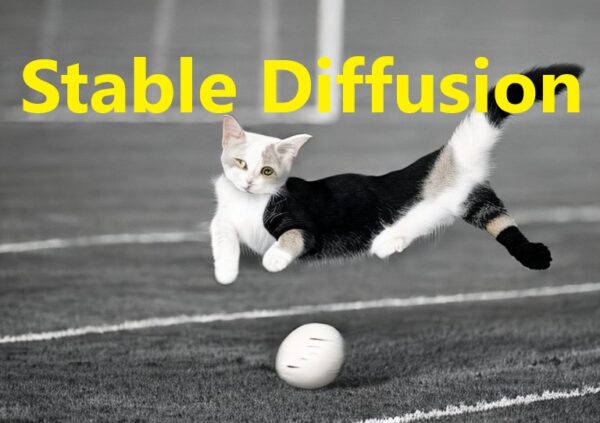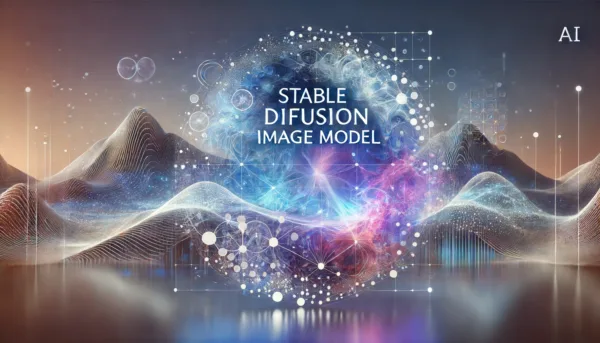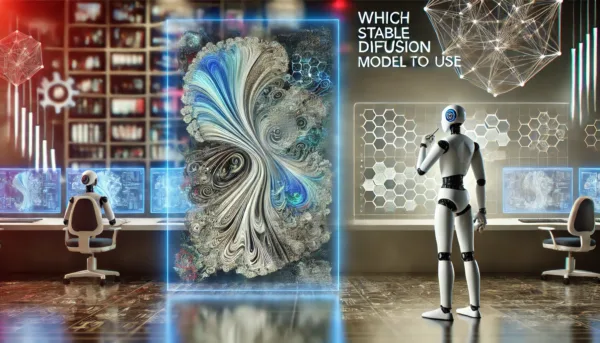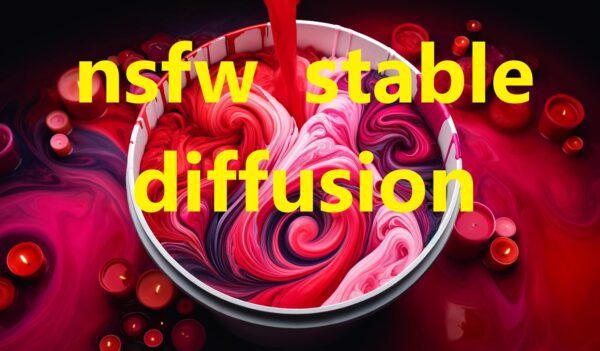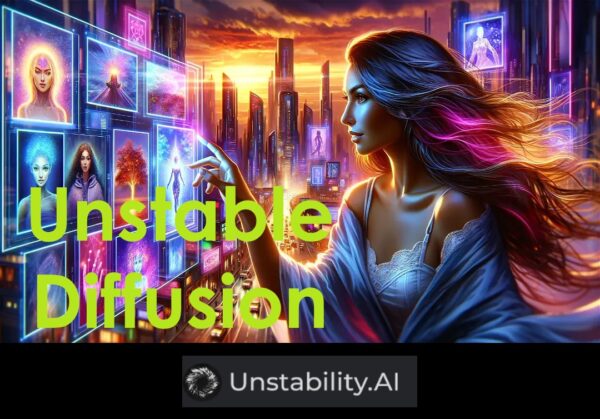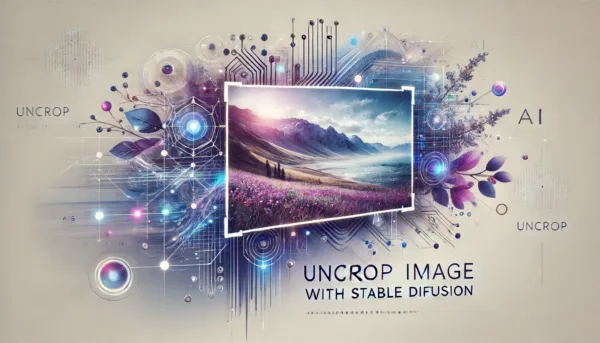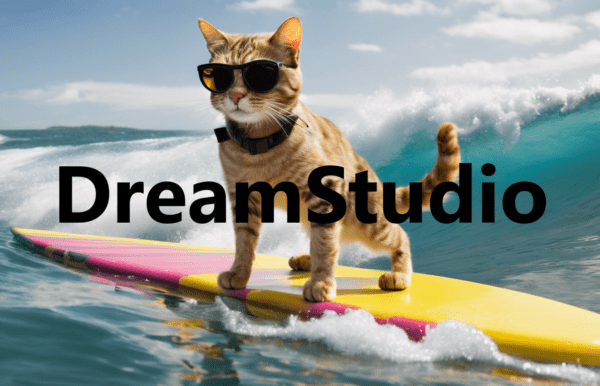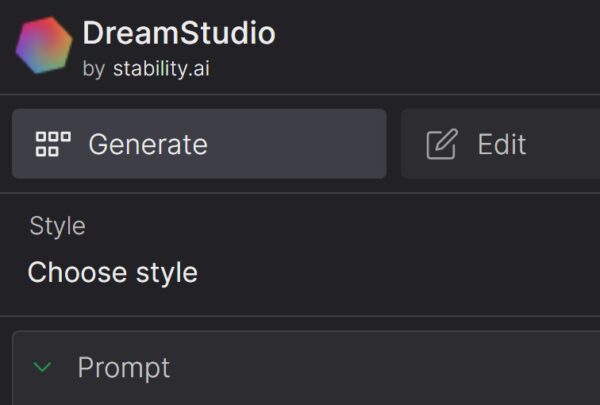Stable Diffusion and Unstable Diffusion are, in a sense, both mirror opposites of each other in the AI-driven image generation landscape-facilitated by Stability.AI and the community of hobbyists or hackers, respectively. Stability.AI’s Stable Diffusion is lauded for its reliability, ease of access, and general user-friendliness, catering to everything from realistic image creation all the way to animation and video creation. Due to its clearly defined noise level and neural network, it ensures predictable and consistent behavior necessary for high-quality coherent outputs based on user prompts.
While the Unstable Diffusion can boast of its daring, experimental character, sometimes overstepping its stable version’s bounds for more varied, uncensored, at times abstract images, owing its “unstability” to variable noise levels and a larger neural network; it offers users a special blend of surprise and artistic license in their various creations. This has special appeal for those who would like to press creative boundaries with less conventional or even more daring visual content.
The origin of these tools is noteworthy. Stable Diffusion was developed by Stability.AI, a firm dedicated to creating accessible AI technologies for artistic and commercial use. In contrast, Unstability.ai is a company that emerged from the Image Generator AI tool endeavors of independent developers outside of Stability.AI, driven by curiosity to extend the capabilities of AI image generation into realms that might not be covered by Stable Diffusion, such as generating content that may be considered NSFW or simply more creative and less defined.
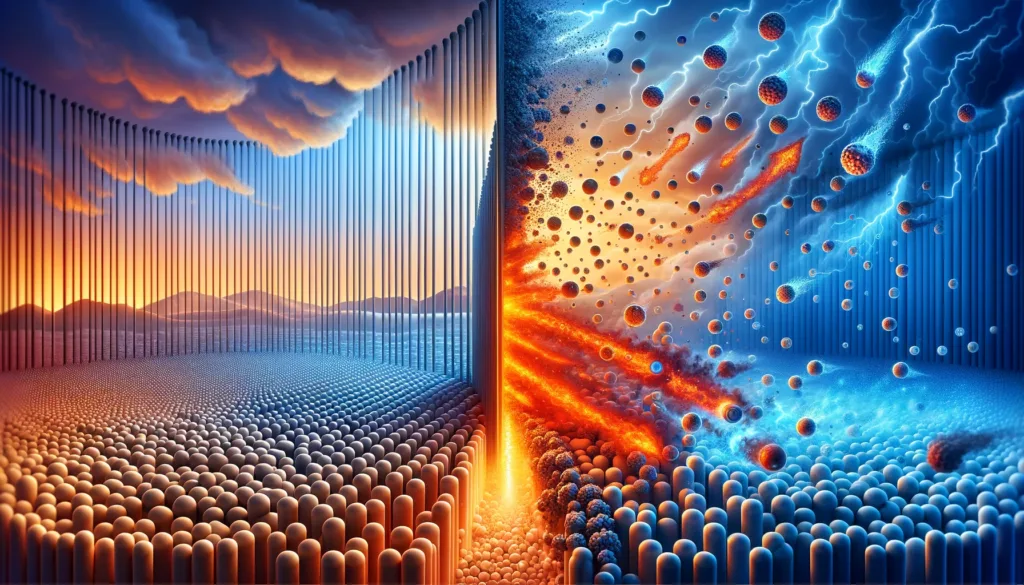
Besides that, access and user experience remain quite unequal between the two: Stable Diffusion is open and supported, having a whole wealth of learning resources and troubleshooting provided by Stability.AI and a great community of users. Unstable Diffusion is more difficult to get and use, is distributed on less secure or unofficial platforms, and is likely to have a steep learning curve for new users.
It’s a question of what your creative goals are, what your level of technical expertise is, which you prefer between the Generative AI choices, and to what extent you are willing or not to navigate the challenges with potentially more experimental tools. If your preference goes toward high-quality reliable outputs with extensive support, it will be Stable Diffusion. If you can put creativity and experimentation above predictability, then Unstable Diffusion may be an interesting alternative.

